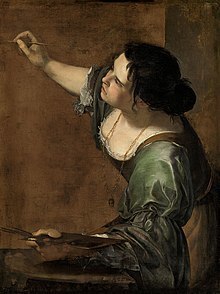
The phrase "well-behaved women never make history" was actually coined (as 'seldom make history') by Laurel Thatcher Ulrich and can now be seen on T-shirts, bumper stickers and buttons all over the world. Here are some of the gems on unwed mothers, fighting women, unsung authors of the 1600s and other women you'll want to know from her book Well-Behaved Women Seldom Make History (Alfred Knopf, 2007).
Unwed Mothers and Women in Court
"Although a quarter of English brides were pregnant at marriage, very few babies – roughly 2 – 3% – were born to unwed mothers. In most cases, a combination of social pressure and the threat of legal action forced people to marry. When they didn't, the law insisted Read More








